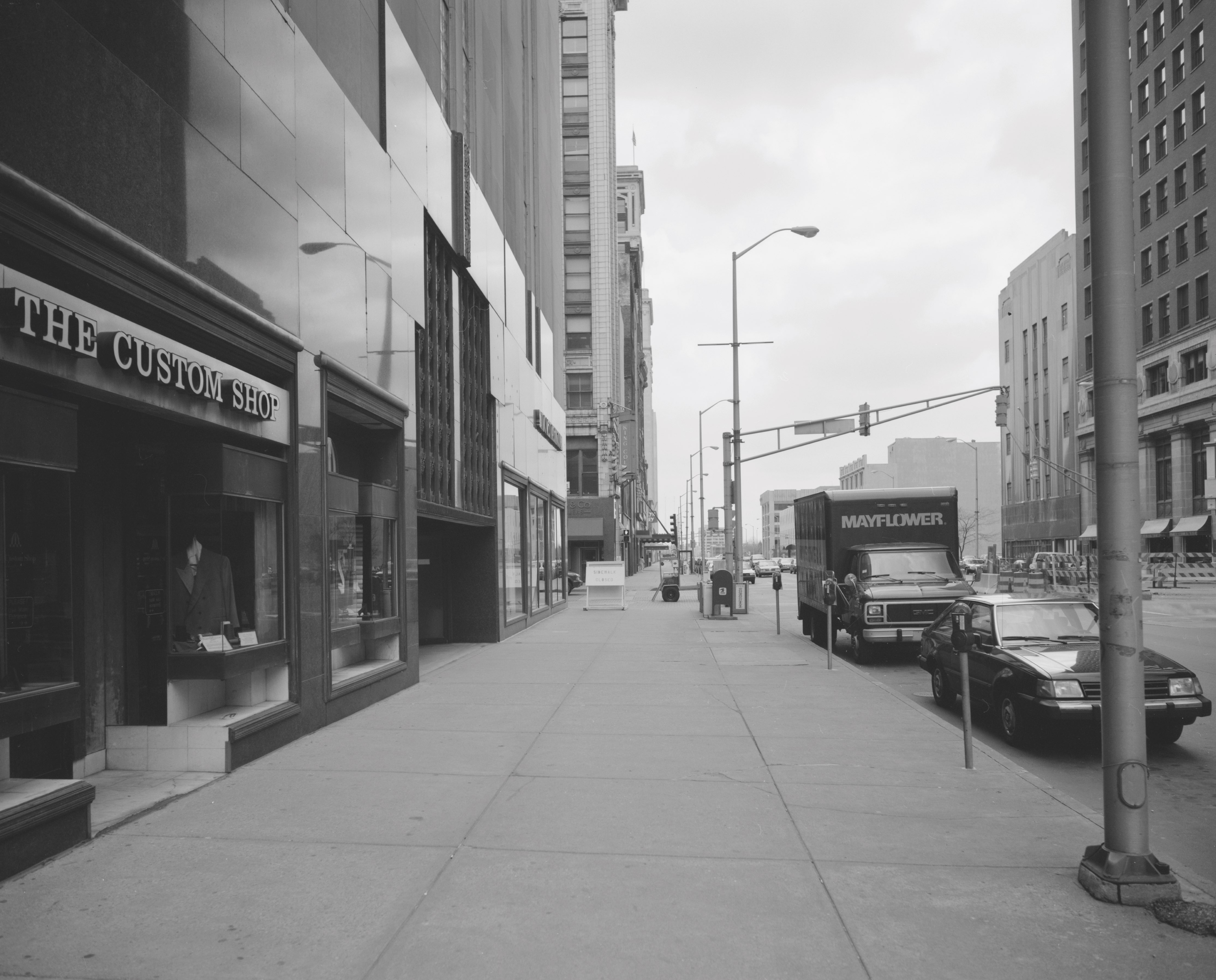George Kafka reflects on an essential piece of urban infrastructure that defines much of our experience of the city: the pavement

Often when we think about public space we consider only squares, parks, plazas and the like. Perhaps a grand boulevard here and there. But what of the pavement? Is this not the real substance of the city, the veins of the urban organism?
More than just the stone lining A to B, the pavement is the physical interface between the city and pedestrian. This physicality is vital; paving stones are where people move, where they feel the city through the sole of a strolling shoe or wandering wheel. The pavement is the realm of bodies, cruelly portioned and separated from the realm of automobiles by the curb. The curb is a frontier. When the pedestrian crosses it they are vulnerable to the whims of a new speed, a new set of rules. Yet when the automobile crosses the frontier and mounts the curb it strikes us deeply; it’s an invasion of space that incites terror and destruction – an anxiety of our time. The pavement is a sacred space.
And like a sacred space it contains symbols. Runes and rhythms, carvings and caves. Tactile paving for the visually impaired contains a language of mobility, a set of codes designed to facilitate access and warn of what lurks beyond the frontier. In the UK, blocks with dots indicate the presence of a crossing, while blocks with bars indicate a stairway. Spray-painted arrows and numbers, circles and brackets in varying colours are a familiar sight but are often illegible to the city-dweller. These markings left by and for the engineers of our utilities reveal life (or at least infrastructure) beneath the surface of the pavement – the invisible forces that allow our lives to run, made visible.
If the curb keeps us out of the road on one side, what’s it doing on the other? Is this the hard divide between private and public space? The cement barrier between an Englishman’s castle and the great unknown of… everywhere else? Or is it an extension of the living room? A communal space for gathering and chatting? In Amsterdam, benches often line residential streets, a welcome invitation to make the civic more sociable and an extension of homely welcome (in case the Dutch window isn’t welcoming enough). Stroll on a Sunday in Buenos Aires and you will see porteños sweeping the streets in front of their houses. There, it is the responsibility of landlords to maintain their slice of street. Perhaps it is a gesture of communal goodwill, or a bold marker of ownership – either way it is a task carried out on the threshold between municipal citizenship and the domestic inner world.
Image courtesy of Library of Congress